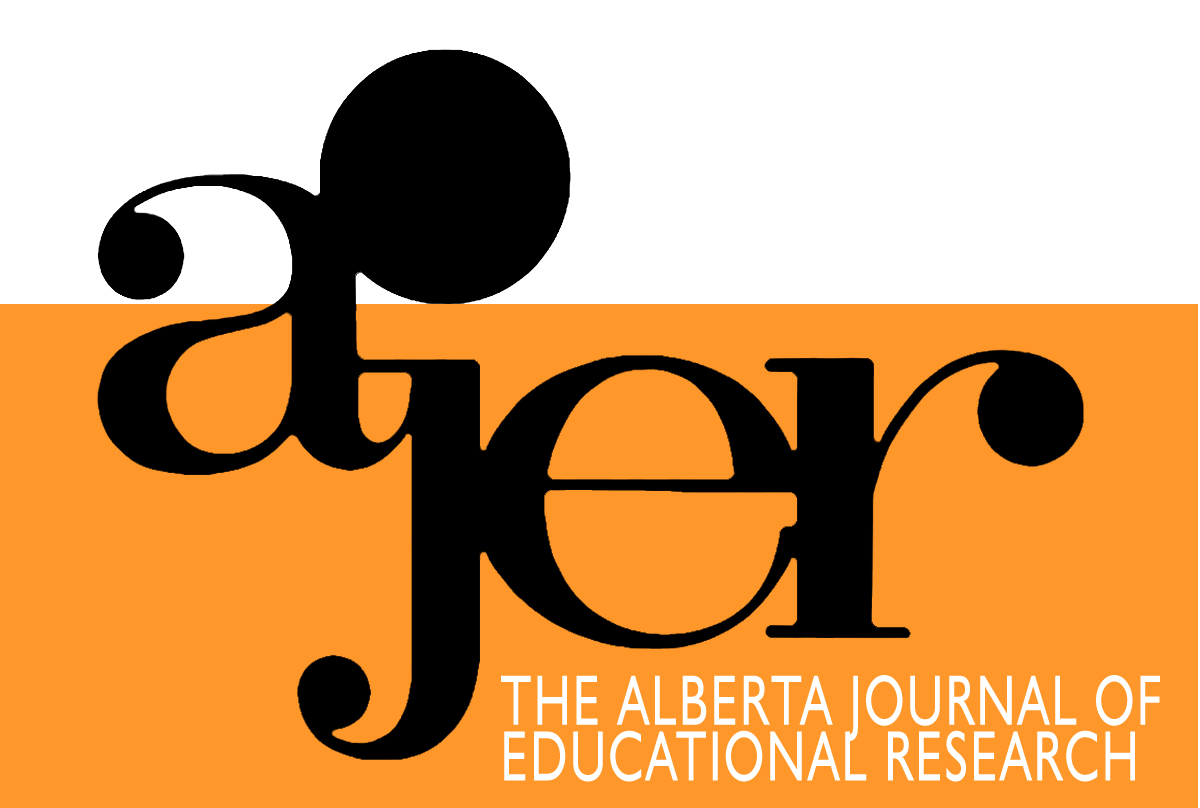Investigating Technological Pedagogical Content Knowledge Competencies among Trainee Teachers in the Context of ICT Course
DOI:
https://doi.org/10.55016/ojs/ajer.v65i1.56399Keywords:
technological pedagogical content knowledge, pre-service teachers, validation, ICT course, teacher educationAbstract
The Technological Pedagogical Content Knowledge (TPACK) framework developed over a decade ago is still valid and applicable in educational contexts when dealing with the use of technology in teaching and learning. With widespread availability of devices and prolific use of technology among students, teachers need to be conversant with various technologies that can be integrated and enhance the teaching and learning process. Most teacher education programmes equip trainee teachers with the integration of technology in the lessons and introduce them to instructional design that would align to the curriculum and make their teaching attractive and effective. It is important to establish the level of TPACK among trainee teachers and prepare them appropriately with necessary domain of knowledge to enable them to function well in future classrooms. This study was conducted with trainee teachers to determine the validity and reliability of the TPACK questionnaire and to identify trainee teachers’ perceived pathways to TPACK. Data were analysed using the maximum likelihood estimation (MLE) procedure, and the measurement model was assessed using confirmatory factor analysis (CFA). The structural model was developed and the path coefficients and their statistical significance were tested to determine the correlations between TPACK competencies.
Le modèle TPACK portant sur les connaissances technologiques, pédagogiques et de contenu, développé il y a plus de dix ans, demeure valide et applicable dans les contextes pédagogiques où l’enseignement et l’apprentissage sont appuyés par la technologie. La grande disponibilité des appareils technologiques et leur emploi généralisé par les élèves exigent que les enseignants soient à l’aise avec les technologies qui peuvent être intégrées pour améliorer l’enseignement et l’apprentissage. La plupart des programmes de formation des enseignants les prépare à intégrer la technologie dans leurs leçons et en aligner la conception pédagogique avec les programmes d’études pour augmenter l’efficacité de leur enseignement. Il est important d’établir le niveau de TPACK chez les enseignants stagiaires et de les préparer en conséquence en leur communiquant les connaissances nécessaires pour bien fonctionner dans les salles de classe de l’avenir. Cette étude s’est déroulée auprès d’enseignants stagiaires, de sorte à déterminer la validité et la fiabilité du questionnaire TPACK et pour identifier ce que les enseignants stagiaires perçoivent comme étant les moyens d’acquérir les connaissances liées au TPACK. Les données ont été analysées par la méthode d’estimation du maximum de vraisemblance et le modèle de mesure a été évalué par une analyse factorielle confirmatoire. Le modèle structurel a été élaboré, et les chemins et la signification statistique des coefficients ont été testés, de sorte à établir les corrélations entre les compétences du modèle TPACK.
Mots clés: connaissances technologiques, pédagogiques et du contenu; enseignants stagiaires; validation; cours sur les TIC; formation des enseignants
Downloads
Downloads
Published
How to Cite
Issue
Section
License
UNIVERSITY OF ALBERTA COPYRIGHT LICENSE AND PUBLICATION AGREEMENT
If accepted, authors will be asked to sign a copyright agreement with the following points:
A. Where there is any inconsistency between this Copyright License and Publication Agreement and any other document or agreement in relation to the same subject matter, the terms of this Agreement shall govern.
B. This document sets out the rights you are granting in relation to publication of your article, book review, or research note entitled (the “Article”) through inclusion in the academic journal titled Alberta Journal of Educational Research (the “Journal”) published through the Faculty of Education, representing the Governors of the University of Alberta (the “Journal Editor”).
C. There will be no payment to you for this publication and grant of rights. In consideration of the agreement to publish the Article in the Journal:
1. You are warranting that:
- the content of the Article is your original work, and its content does not contain any material infringing the copyright of others; or, where the Article is not entirely your original work, you have obtained all necessary permissions in writing to grant the rights you are giving in this agreement;
- the content of the Article does not contain any material that is defamatory of, or violates the privacy rights of, or discloses the confidential information of, any other person;
- the Article has not been published elsewhere in whole or in part, and you will not allow publication of the Article elsewhere without the consent of the Journal Editor;
- the names of all co-authors and contributors to the Article are:
2. You agree to license the copyright in the Article to the Journal Editor, on a worldwide, perpetual, royalty free basis; and to the extent required by the terms of this agreement. You shall retain the right at all times to be acknowledged as the/an author of the Article.
3. You further agree that the Journal Editor has the entitlement to deal with the Article as the Journal Editor sees fit, and including in the following manner;
- The right to print, publish, market, communicate and distribute the Article and the Journal, in this and any subsequent editions, in all media (including electronic media), in all languages, and in all territories, ing the full term of copyright, and including any form of the Article separated from the Journal, such as in a database, abstract, offprint, translation or otherwise, and to authorize third parties to do so;
- The right to register copyright of the Journal;
- The right to edit the Article, to conform to editorial policy as the Journal Editor sees fit.
4. If any co-author or contributor to the Article does not sign this agreement, the Journal Editor reserves the right to refuse to publish the Article.



